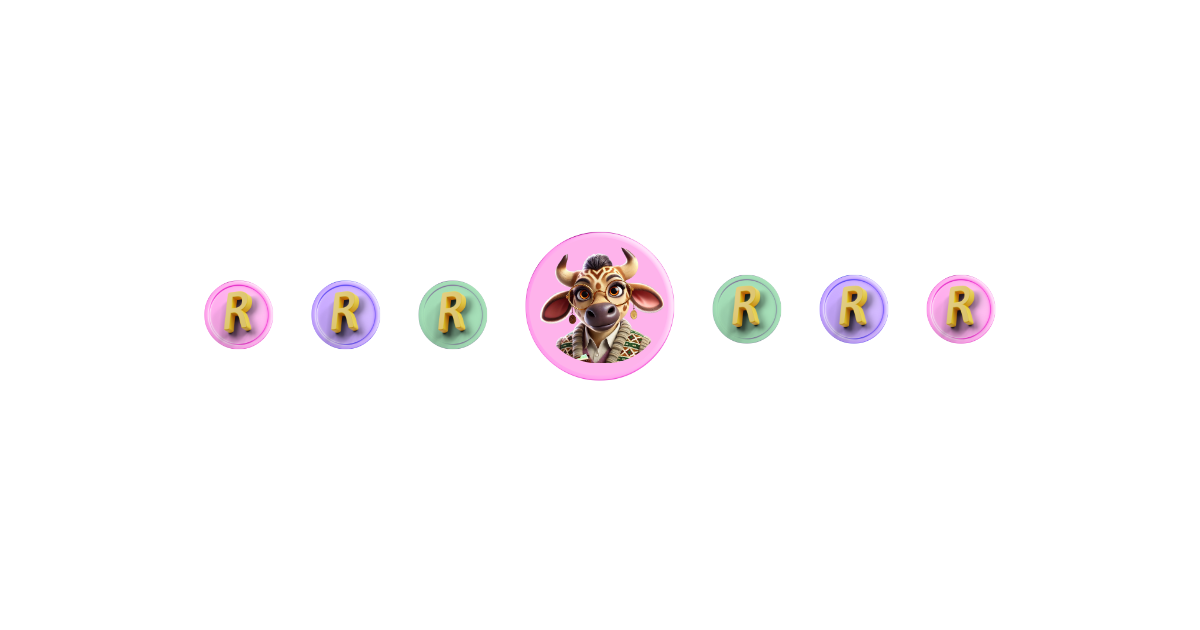

How to Teach Kids the Value of Money? Help them link money to their effort, time, and smart choices. Try our smart money mindset, earning habit, tip, and free chore tracker to make the lesson stick
Depending on their age, most kids see money simply as pieces of paper or coins in a wallet or money jar or, even worse, numbers on a screen.
But what do these pieces of paper or numbers on a screen actually mean? How can we help them learn that money represents their effort, time, and choices of spending it wisely?
Teaching kids the value of money is not about making them obsessed with every Rand…
But rather, it’s about helping them make the connection between money and real-life decisions.
In this article about how to teach kids the value of money, we want to make it as easy and natural as possible to have these money conversations with your mini millionaires. So we dive into:
- A mindset to make the connection between money, and the effort required to earn it.
- Help them form a habit of working for it (earning).
- A tip to understand the true cost of what an item they wish to buy costs, in the time it took to work for it.
- Plus, another free downloadable worksheet to help them track the chores worked, and how much they earned.
Understanding What Their Money Is Worth
1. A Mindset to Cultivate
Money is actually a representation of our efforts, not simply random numbers.
Kids often experience money as something that magically just appears. Whether it’s pocket money, gifts when it’s their birthday, or even a little something Granny slips them “to buy something nice”...
But getting to the real crux of understanding the value of money means linking it to effort.
When you explain that money isn’t just “given” but actually needs to be earned by working hard, creating something, or solving a problem.
You can use a relatable example from your own life to explain this further: “It takes Mom/Dad X number of hours of work to pay for this toy.” (Be warned, though, this might be a very painful exercise for you yourself…)
This type of thinking encourages your child to think beyond the price tag. Thoughts like: Is this item even worth the time it takes to earn that money?
And think about it like this, kids who connect money to the effort (think the hard work, long hours, and challenging situations) it takes to make it, are less likely to waste money and more likely to appreciate what they have.
Check out: How to teach kids to turn skills into income.
2. A Habit to Form
The habit here is the “Work for It” method.
One of the best ways to teach kids the value of money is to let them earn it, not through random handouts but by rewarding their actual efforts.
The way to do this is by creating small earning opportunities for them to earn some money.
And it doesn't need to be overly complicated. Just think of anything from extra chores over and above normal household duties to encouraging small entrepreneurial activities like making something to sell. Hello Mini Moguls…
This creates an opportunity for them to work toward something they want, rather than you just buying it for them.
This also provides a great opportunity for them to see how money grows, reinforcing its value, and shifts their mindset from “spending money” to “spending time.”
And when kids earn their own money, they make smarter spending decisions and feel a sense of accomplishment. How awesome is that?
Wanna know how to teach kids to start a business?
3. A Tip to Try
The tip here is the “Price in Time” rule.
So instead of just stating how much something costs, help kids measure it in the amount of working time it requires.
For instance:
- If they earn R20 for a task, a R100 toy, it means that 5 tasks need to be completed before they have enough money to buy the toy.
- Or if they earn R50 an hour, a pair of sneakers that cost R500, would require 10 hours of work.
And do you remember the 4 Jars system we spoke about in our How to Teach Kids to Save article? If you consider how the jars actually allocate money to Saving, Spending (for this toy or pair of sneakers), Sharing (being generous to others) and Sow (the beginning of investing), the amount of work they need to put in to have enough for all 4 Jars would need to exceed the 5 tasks or 10 hours.
This helps to shift their mindset from money as an endless resource to money as something tied to effort and helps kids decide if a purchase is really worth it.
And when kids learn to equate money with time and effort, they naturally become smarter spenders.
Why don't you take what we spoke about in today’s article a step further and use our free Chore Tracker to track the tasks/chores they’ve completed, and what they’ll earn in return.
Download Your Free Chore Tracker Worksheet (PDF)
One of the key concepts in teaching kids about the value of money is helping them connect effort to earnings.
Our simple, printable Chore Tracker gives families a clear way to keep track of the tasks and chores kids have completed, and what rewards they've earned.
It turns "working for it" into a fun, visual challenge that helps reinforce today’s Mini Millionaires’ mindset, habit, and tip that money doesn’t just appear; it’s earned through time, effort, and responsibility.
Pssst. Print it out on a magnet or laminated piece of paper, and stick it to the fridge to make it reusable and more sustainable.
You may also enjoy our article on how to teach kids about multiple income streams.
<BUTTON WITH LINK TO DOWNLOAD>
